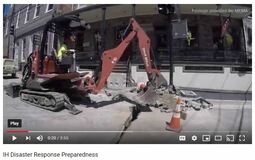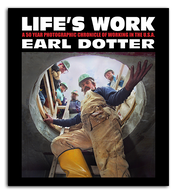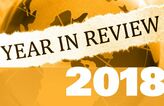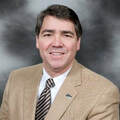“The development of nanotechnology has reached a point of wide application, and numerous nanomaterials and nano-enabled products are in commerce,” the NIOSH publication reads. “Workers are among the first to have contact with (exposure to) potential health hazards from new technology and products, and their exposure to any new material is often greater than for the general population. Therefore, worker safety and health are at the core of responsible development.”
According to NIOSH, agency investigators have already identified adverse health effects in animals exposed to various engineered nanomaterials; assessed worker exposures; initiated epidemiologic research; and provided guidance on occupational exposure limits, control technologies, and medical surveillance. NIOSH’s Nanotechnology Research Center will continue to coordinate research in “critical areas” such as toxicity and internal dose, measurement methods, exposure assessment, engineering controls and personal protective equipment, and fire and explosion safety.
NIOSH’s full nanotechnology research plan for 2018–2025 is available for download from the agency’s website.









